Patellar Tendonitis (Jumper’s Knee)
Read More >
Patellar tendonitis is a painful condition of the knee. This injury develops when the tendon that attaches the quadriceps muscle to the shin bone becomes overloaded and fails to repair. This state of disrepair is called tendonitis or tendinopathy. Because this injury occurs commonly in basketball and other jumping sports, it is also known as Jumper’s Knee.
Strengthening exercises give the correct stimulation for a tendon to repair. A physical therapist will direct you to an appropriate strengthening programme. Rehabilitation exercises can also correct biomechanical issues that can contribute to patellar tendonitis.
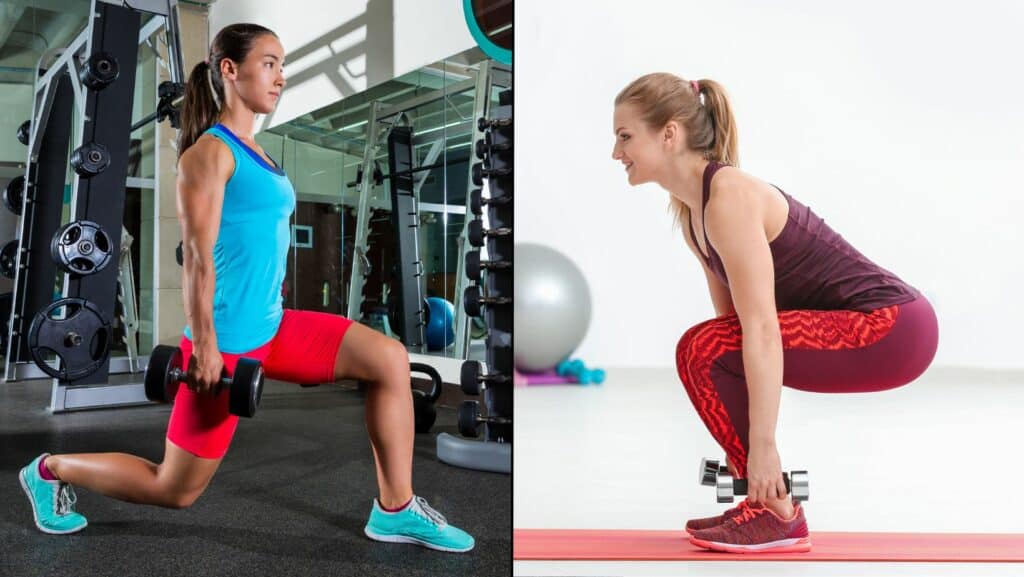
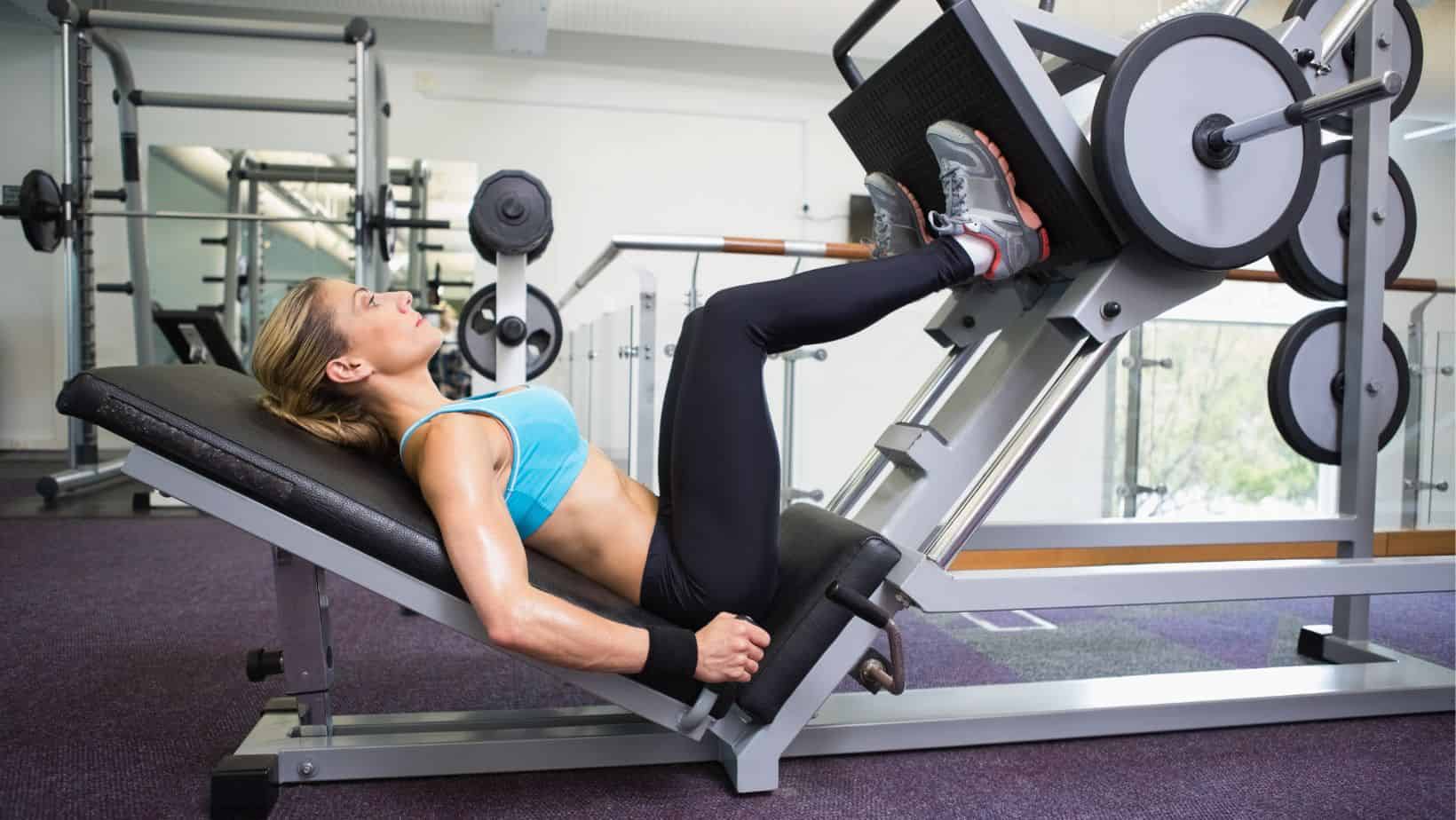
There are two main groups of exercise protocols that have been studied and shown to work well for tendon healing.
Heavy slow resistance training for patella tendonitis, has been shown to be more effective. However, depending on who the injured person is and what facilities they have access to, it may not be possible. Therefore, both protocols are discussed in this article.
A single-leg eccentric squat on a 25º decline slant board. The lowering phase should be done on the affected leg and the unaffected leg should be used to return to standing.
If both legs are affected the exercise must be done separately for each leg and to return to standing both legs should be used.
The single-leg exercise performed on a 25º slant board has been shown to be more effective than the same exercise done on flat ground, for reducing pain and reducing time to return to sport.
Frequency: 2x daily
Tempo: 3 seconds in each direction
Sets: 3x with 2 minutes rest between
Repetitions: 15x
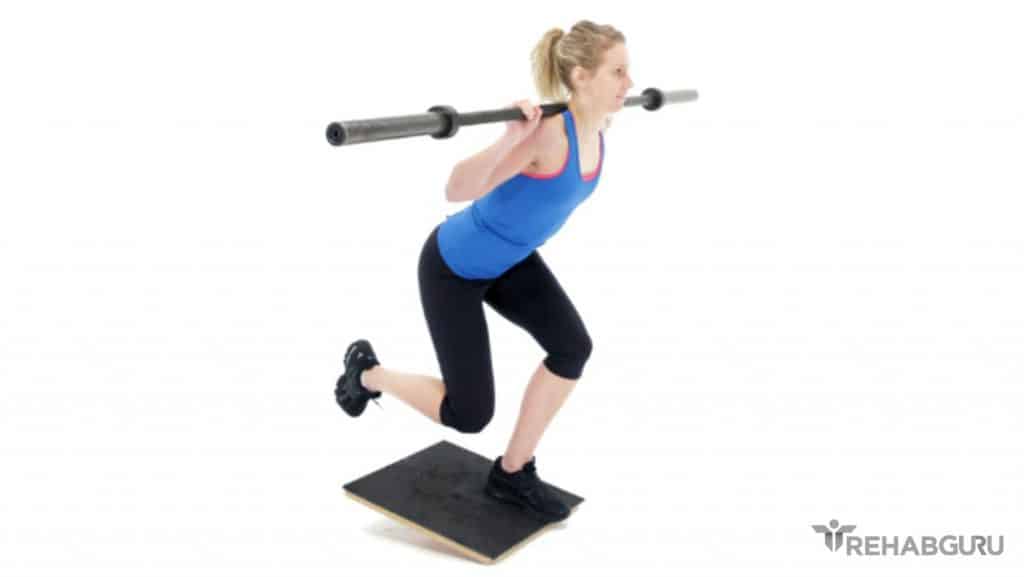
Four sets of these three exercises should be done. The knee movement should take 3 seconds from 0º (straight) to 90º bend and 3 seconds to return to 0º.
Pain should be considered acceptable throughout and should not increase after finishing the training session.
During the 12 weeks of tendon rehab training, it is allowed to continue with light sport provided that pain during the exercise is light (advised maximum of 3/10 pain).
This form of training had good short and long-term outcomes and better patient satisfaction than eccentric training.
Frequency: 3x weekly
Tempo: 3 seconds in each direction
Sets: 4x with 2-3 minutes rest between
Repetitions and weight changes over the program are as follows:
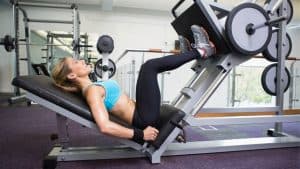


Other exercises can be helpful for the recovery of patellar tendonitis. And can help to prevent it from occurring again in the future. These include stretching and strengthing exercises to work on flexibility issues and strength deficits that might exist.
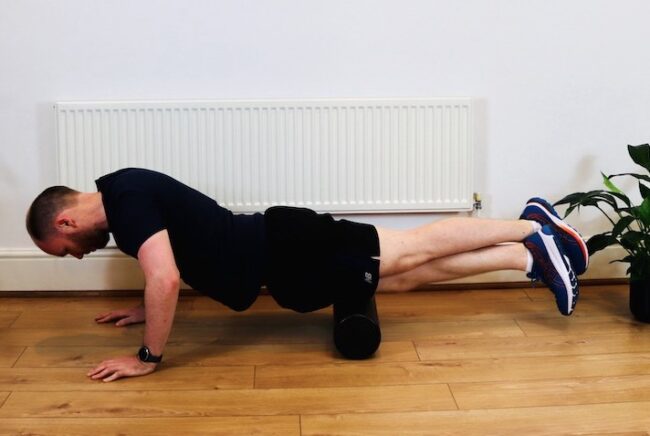
This article is written by James McCormack, a Lower Limb Specialist who is an expert in treating Knee Pain.
This is not medical advice. We recommend a consultation with a medical professional such as James McCormack if you are experiencing any of the symptoms discussed in this article. James offers Online Physiotherapy Appointments weekly and face-to-face appointments in his London clinic.